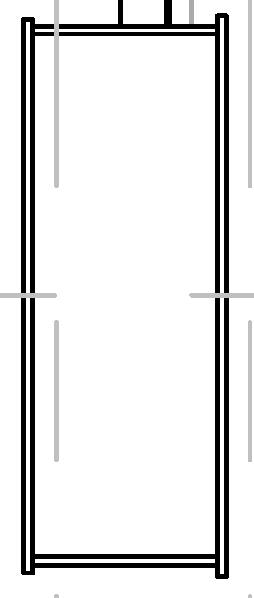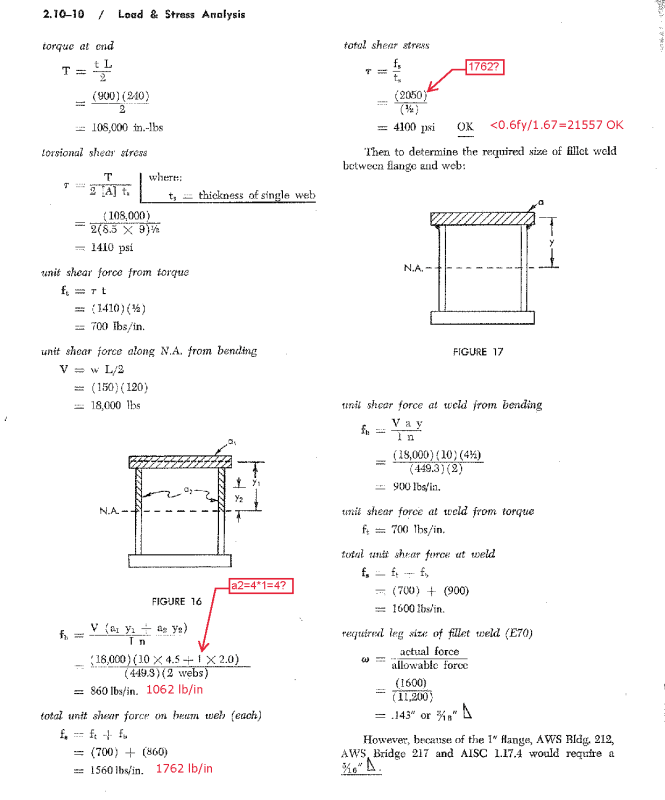Hello,
Where can I find how to estimate the welds sizes to built-up a box from independent plates?
Those welds will be fillets over small extensions of the larger plate.
The members is supporting axial bending and torsional loads.
I haven't seen a shear flow for torsional or an example.

Thank you.
Where can I find how to estimate the welds sizes to built-up a box from independent plates?
Those welds will be fillets over small extensions of the larger plate.
The members is supporting axial bending and torsional loads.
I haven't seen a shear flow for torsional or an example.

Thank you.



